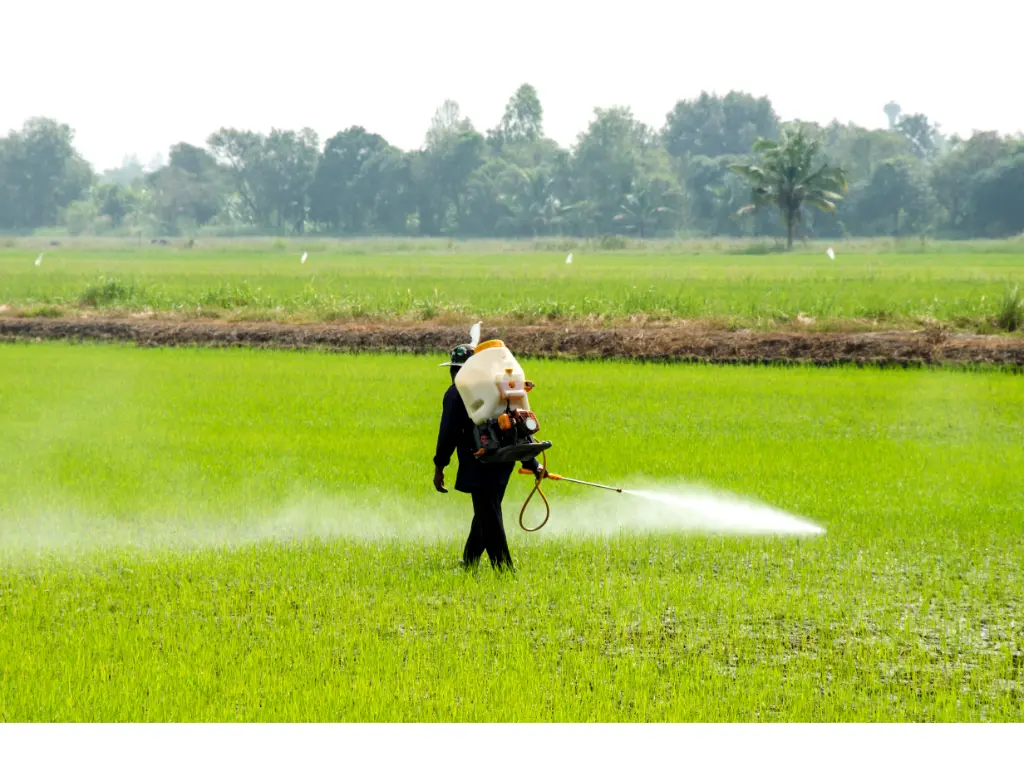News Details

Brazil Updates Regulations for Pesticide and Sanitiser Residue Limits Across Dozens of Crops
Brazil’s National Health Surveillance Agency (ANVISA) has issued a sweeping update to its regulation on pesticide and disinfectant residues, modifying monographs for several active ingredients used in agrochemicals, wood preservatives, and sanitation products. The changes were published through Normative Instruction No. 371 on 5 June 2025 and took immediate effect.
The resolution, adopted by ANVISA’s Collegiate Board, revises maximum residue limits (MRLs), pre-harvest intervals, authorised crop uses, and definitions of dietary risk assessments across a broad range of substances used in Brazilian agriculture and industrial hygiene.
Key Modifications Across Ingredients
According to ANVISA, the changes include:
-
New residue definitions for ingredients such as atrazine, clomazone, flutriafol, and imazapyr, clarifying how dietary risk assessments and MRL compliance are to be interpreted.
-
Expansion of approved crops for several substances. For example, acid indoleacetic now includes wheat, while carbaryl is authorised for use on coffee and sugarcane under defined conditions.
-
Revised MRLs and safety intervals for crops such as coconut, cotton, rice, soy, maize, and several fruits and vegetables. For instance, the MRL for chlorantraniliprole on apples has been changed to 0.15 mg/kg.
-
Addition of new crops and application types for various active ingredients, including post-emergence and pre-emergence uses. Some ingredients now include non-food uses such as turf or ornamental plants.
Substantial Revisions for Multiple Substances
One of the most extensive updates concerns ciclobutrifluram, whose monograph now contains an expanded residue definition including both the parent compound and specific metabolites. Additionally, crops such as tomato, soy, and citrus have seen MRL updates under various active substances such as metoxifenozide, mandipropamid, and pidiflumetofen.
Notably, sugarcane, tobacco, garlic, and chickpeas, among many others, have been added to the authorised crop lists for several active ingredients, reflecting changes in national agricultural patterns and the need for updated toxicological evaluations.
Regulatory Context and Legal Basis
The update was authorised under Law No. 9.782/1999 and ANVISA’s internal regulations (RDC No. 585/2021), with deliberations held by the agency’s Collegiate Board on 4 June 2025. The new norms amend the original framework set by Normative Instruction No. 103 of 19 October 2021, which established Brazil’s current list of approved active ingredients for pesticides, disinfectants, and wood preservatives.
Implementation and Monitoring
Effective immediately, the updated limits and authorisations are binding and published in Brazil’s Official Gazette (Diário Oficial da União), Section 1, on 9 June 2025. Stakeholders in the agricultural, food safety, and chemical manufacturing sectors are advised to review the full list of changes to ensure continued compliance with national residue regulations. For further details, you can find the Regulation here (in Portughese).
We acknowledge that the above information has been compiled from ANVISA .


